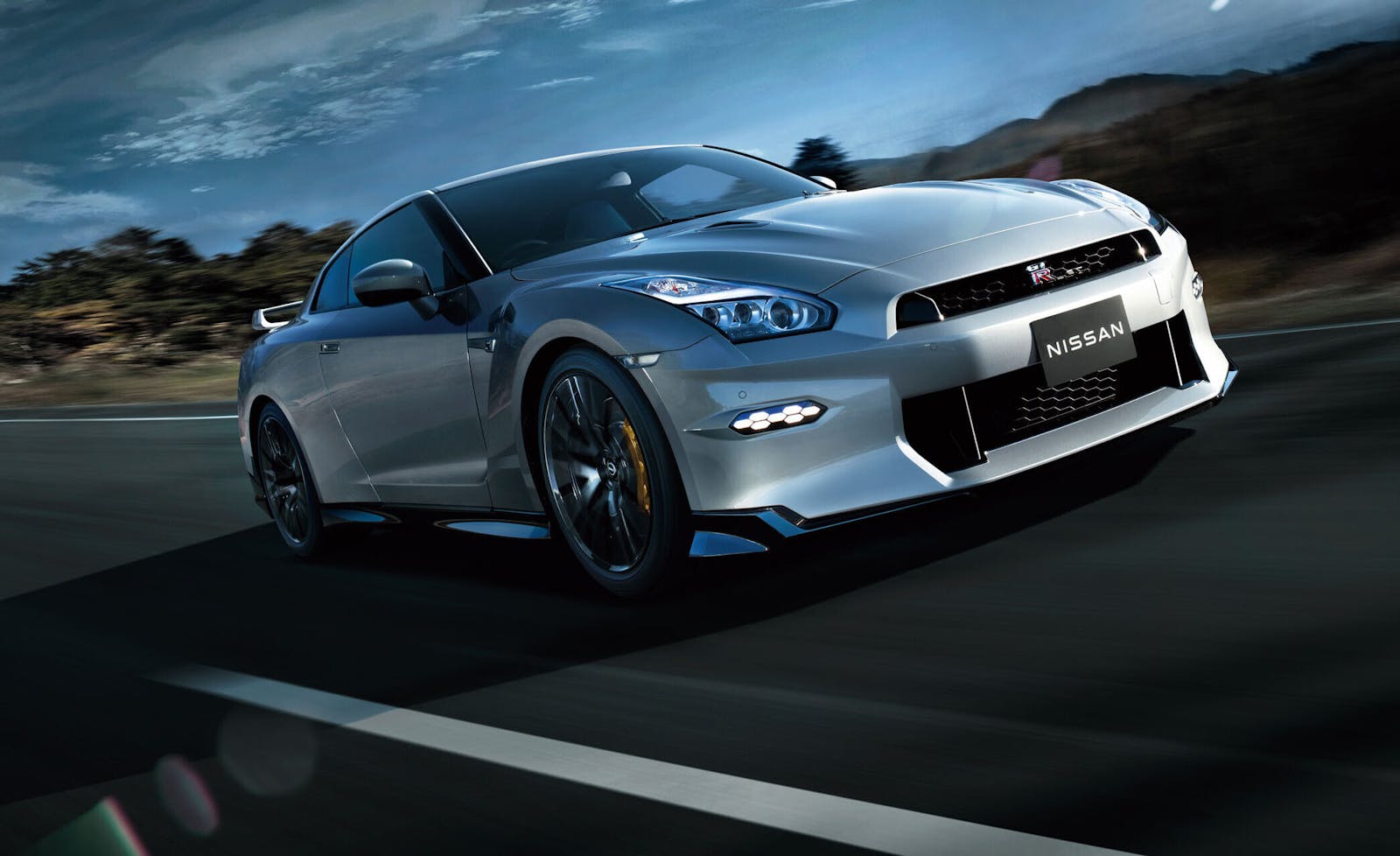Media | Articles
Pagani tunes the Huayra to Imola spec, aka 827 horsepower for all situations
The new Pagani Imola may not be as hardcore as the prototype Zonda R was back in 2008, but the brand claims this small series of five track-focused road cars is also acting as a “vehicle-laboratory,” pushing the boundries of current technologies as Horacio Pagani moves closer and closer to revealing something completely new. Codenamed C10 for now, that next Pagani is set to be an equally AMG-powered V-12 affair, with the possibility of an electric drivetrain designed into the architecture as well. Yet until the crew in Modena can figure that out, these tweaked and lightened Huayras keep up the momentum, simply by throwing 827 horsepower and 811 pound-feet of torque against an overall weight figure of 2747 pounds, aided by a loud exhaust.
AMG’s 6.0-liter twin-turbo V-12 is in the center of a monocoque made of the latest evolution of “Carbo-Titanium HP62 G2 and Carbo-Triax HP62,” materials originally developed for the Huayra BC Roadster in the name of roofless rigidity. As before, the power goes through a triple-disc clutch to an Xtrac seven-speed transverse automatic transmission and an electro-mechanical differential.
Bolted to the monocoque are tubular steel subframes, with a suspension system featuring independent double wishbones, helical springs, and electronically controlled shocks. You know what a track special has to endure, and for the Imola, Pagani has altered the Huayra BC’s suspension geometry, so the dive effect and sway is reduced even further under braking. This should result in flat cornering regardless of how late you decide to stomp on the pedal and help cope with 811 lb-ft put down through just a pair of 355-mm-wide, 21-inch Pirelli Trofeo Rs. Those rear tires will get punished not only by the V-12 but also by the Imola’s brake package, which comes with four-piston monolithic calipers over the 380-mm rear rotors and monstrous 398-mm six-piston carbon-ceramics at the front, courtesy of Brembo.

Pagani says that, due to its customers’ requirements and suggestions, the Imola is past “the severest on-track validation test ever applied to a Pagani car.” That translates to over 10,000 track miles on top of Pagani’s regular validation cycle. Horacio Pagani elaborates:
Marketplace
Buy and sell classics with confidence
“Customer involvement was very much a part of the Pagani Imola project. We wanted to amaze and, fascinated by our ideas and solutions, our customers decided to join the team and acted as test drivers, so to speak. I will never forget the day we consigned one of the cars to its owner, and how he smiled. Despite the fact that it was the first time he had driven his Imola on a race track, he built up his confidence lap by lap, pushing it like a professional racing driver. As he stepped out of the car, he told me that he had never imagined it would be so easy to drive.”
For a twin-turbo V-12 track special that’s also a road car, 2747 pounds is not a bad starting point. Interestingly, the Imola’s paint job cut weight by 11 pounds, “while maintaining color richness, depth and shine unchanged.” The technique is called Acquarello Light, and here’s what Horacio Pagani can tell us about it:
“The paint of a vehicle is not just an aesthetic requirement, but has essential technical functions, such as protecting from external influences and preventing the ageing of the material, in particular of advanced composites. We managed to create a protection shield capable of isolating the underlying material from external threats, consequently increasing its impact resistance, and after years of research to optimize our painting system with the aim of significantly reducing weight, we are proud to finally announce the achievement of this milestone with such a special car as the Imola. The new technology will obviously be available on future Pagani models.”
Great news for all those potential Pagani customers who weren’t quick enough to order an Imola at $5.5 million, plus taxes.
Next to all that titanium-layered carbon fiber, the Imola contains over 770 forged or CNC-machined components, which got a newly developed texture-look finish to show off the beauty of Pagani’s alloys. Yet you’ll only notice those pieces of jewelry once your brain has processed the aggressive aero kit, which not only pushes the Imola well beyond the already-focused Huayra BC’s looks, but also takes cues from the wildest one-off Zonda 760s made years after the Huayra was supposed to take over.
You gotta love when Horacio Pagani goes for that Group C vibe. All-out on the flares and wings and strictly on semi-slicks, yet equally ready for a morning coffee run. However, you’re encouraged to order a ristretto.


20200217144936)
20200217144953)
20200217145009)
20200217145027)
20200217145049)
20200217145111)
20200217145131)

